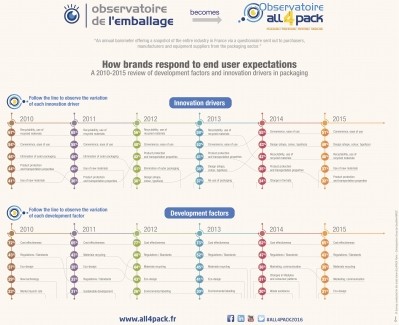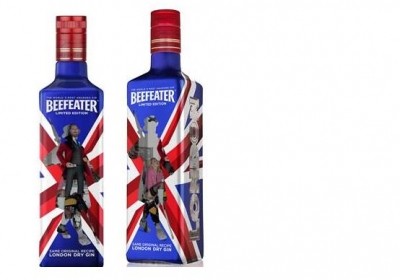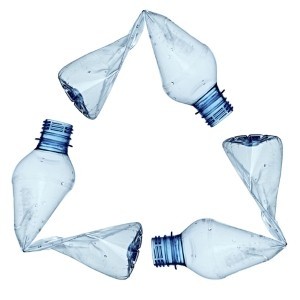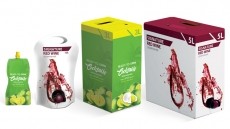dispatches from Emballage 2014, Paris
Sleever targets shrink sleeve packaging boost
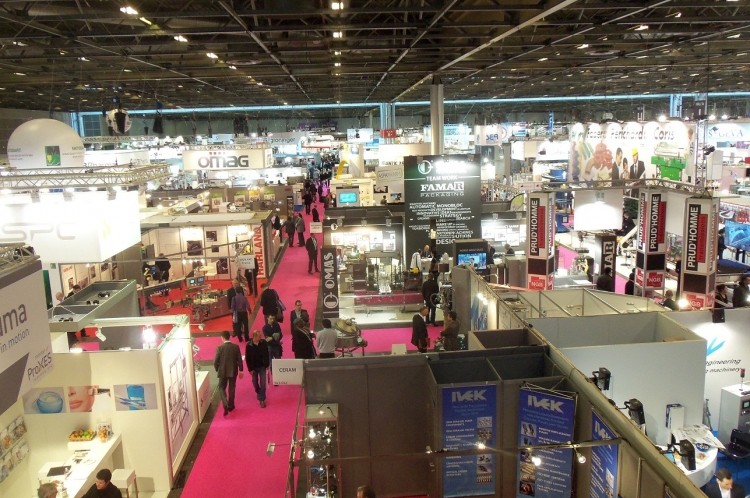
LDPET targets better recovery of used PET bottles and LWPET helps reduce the carbon footprint of plastic packaging.
The use of full shrink labels comes mostly from a marketing point of view so firms can have 360 degree communication, said the company.
Sofiane Mameri, communications executive for Sleever International, said it collected answers on what industry was worried about and what they needed.
“[They said] ‘We should be able to create film for sustainable development but not a greenwashing system’,” he told FoodProductionDaily at Emballage 2014 in Paris.
“Also, allowing reduction of their carbon footprint as they are looking to communicate to their clients or customers to say that they are concerned in terms of sustainable development.”
PET bottle recovery
LDPET enables better recovery of used PET bottles with shrink sleeves – an increasing trend for packaged beverages.
The low density PET film (SI-TPEG/050 ZL) uses inks that are designed to withstand the materials segregation treatment with no risk of contamination for the PET flakes.
Because of the specific density, the LDPET can be sorted in sedimentation tanks and the LDPET flakes float, while the flakes of PET bottles sink to the bottom of the tank.
The firm creates its own plastic films, does the printing and makes all the machinery to apply and shrink the sleeves.
It allows for the full or partial labeling of bottles ranging from 20cl to 2 liters, with production outputs between 15,000 and 30,000 bottles per hour.
Mameri said the system is in response to different objectives from beverage manufacturers.
“So by floatability you are able to separate your inks, plastic film and your bottles during the boiling recovery system.
“The first step is to identify PET bottles, so your PET sleeves need to be perfectly clean in terms of composition.
“Secondly, you need to be able to float, to have a density less than 1 allowing you to separate, to go up in the water and let the bottles falling down with a density more than 1.”
Sleever’s LDPET has been approved by European institutions (Cleanway in the UK, Unisort in Germany, Returpack in Sweden) and is under registration in North and South America.
Carbon footprint reduction
LWPET was also launched earlier this year and enables the reduction of carbon footprint in shrink sleeve production by 50%, said the firm.
It combines the PET film (SI-PET-KF/20-E*), a flexoffset printing technology and sleeving equipment (Sleever Combisteam- LWPET) to achieve the reduction.
The system integrates the manufacturing, processing and application of the shrink sleeve.
This allows for full or partial labeling of bottles ranging from 5ml to 1 liter and meets most of the needs of the industry.
Mameri said it is an answer to the reduction of carbon footprint wanted by customers who need to go further with less material.
“So we work on the thicknesses from 20 microns to 60 microns depending on your technical specifications and also about what you want to do.”
